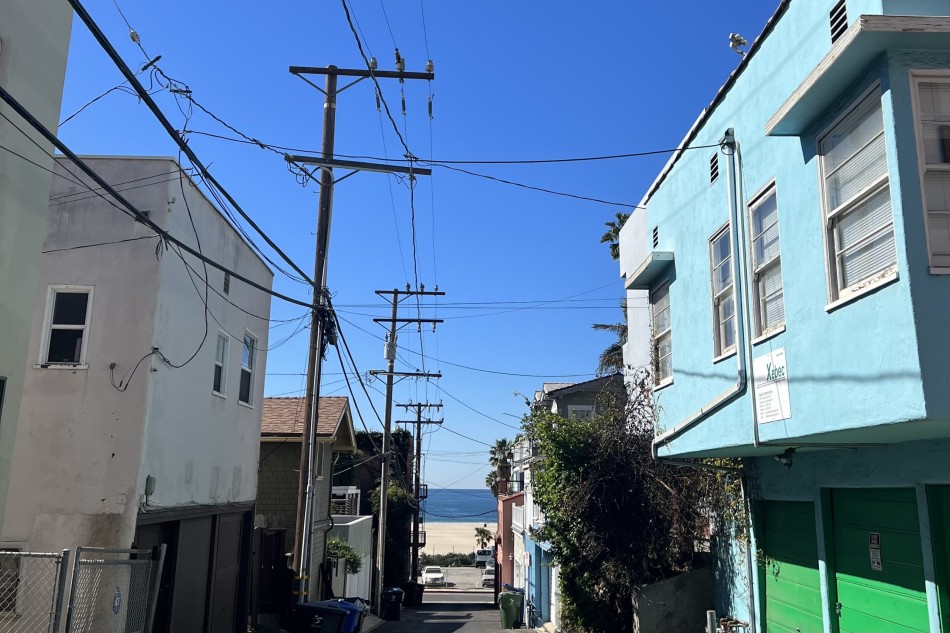There’s little doubt the high speed rail plan passed as Proposition 1A in November 2008 was designed to pander to voters in cities not exactly on the straight-line path between Los Angeles and San Francisco.
As proposed and passed by a 53-47 percent margin, this route meandered first through the Antelope Valley north of Los Angeles, then over to Bakersfield and on up the San Joaquin Valley through Fresno, Madera and Merced before heading east over the Pacheco Pass and then turning north to San Jose and the San Francisco Peninsula.
So much for a straight line as the shortest distance between two points. In politics, a little indirectness can sometimes produce victory, and that’s what happened this time, as catering to the civic pride of voters who live many miles from the most direct route produced a victory for the bullet train bonds, if not an overwhelming one.
But buyers’ remorse quickly set in, and it remains. As residents along the route began to understand both environmental problems and costs ($68 billion over 20 years, by the latest official estimate, double the amount projected in Proposition 1A). One result is that high speed rail has been vilified from Weed to Watsonville, from Palo Alto to Poway. And the likely result of that would be defeat for bullet trains if the identical plan were put to a new vote today.
Yet, the Legislature this summer authorized selling of the first project bonds, and Gov. Jerry Brown signed that bill, calling objectors “fearful men.” Never mind that many doubters are female; there’s still a major difference between fear and good sense.
And while the latest bullet train plan is more sensible than previous versions, it nevertheless contains that fundamental flaw of deviating from the direct route.
The good sense added to the plan recently involves upgrading existing railroad track in the Los Angeles and San Francisco areas.
The problem still remaining is that the planned route runs up the central San Joaquin Valley, with stops in Bakersfield, Fresno and Merced, cutting across very productive farmland in Kern, Kings, Madera, Fresno and Merced counties.
This makes little sense because where bullet trains exist, most passengers go from one terminus to the other, with little on- or off-traffic at the intermediate points. What’s more, the mid-Valley route will produce environmental lawsuits that could delay the project for years. Plus, there’s the little matter of buying up all that land.
There is little doubt a working high speed rail system between California’s two largest urban areas, with later extensions to Sacramento and San Diego, would bring great benefit to the entire state and not just the construction workers and companies that would build it.
So the recommendation here is build it, but build it up the Interstate 5 corridor, where it could skip the likely-to-be-useless stops in Fresno and Merced, and where the state already owns much of the right-of-way.
Doing it this way still allows for improving existing rail tracks in the Los Angeles area so they can handle bullet trains along with their existing traffic. The steep slopes of the Grapevine dictate that the route has to run through the Antelope Valley, as planned, which would also make a stop in Bakersfield sensible.
But heading up I-5 from there would save many billions of dollars and a lot of mileage en route. It means far less disruption of farms and could produce savings at least in the hundreds of millions of dollars by eliminating the stations planned for Fresno and Merced.
Would these changes create a truncated bullet train system? Probably not, if what happens along the European Thalys bullet train system between Paris and Amsterdam is any indication. That run is only about 40 miles shorter than Los Angeles-San Francisco distance via the Altamont Pass.
Two Thalys rides during the peak June season last year saw almost no passengers embarking at intermediate points like Antwerp and Brussels, Belgium and Rotterdam, The Netherlands. Reason: Officials of the line said most who live along the route find it’s not worth driving to the train stations in the midway cities, as they can drive to destinations in either Paris or Amsterdam in about the same time.
This indicates a more direct Los Angeles-San Francisco route would likely satisfy the needs of the vast majority of future riders, while sparing many billions in construction expenses and legal fees.
And doing it this way would also allow the full economic benefits outlined in a review last spring by California’s nonpartisan Legislative Analyst’s Office of a proposal sponsored by Republican state Sen. and current congressional candidate Doug LaMalfa of Richvale, who opposed the now-authorized bond sale.
This report found that over 20 years, each dollar of government funds invested in the bullet train would produce about $1.42 in state and local tax revenues, besides creating as many as 20,000 temporary and permanent jobs.
The reasonable conclusion to be reached from all this is that it makes sense to build the bullet train, but only if it’s along more sensible economic and geographic lines than now planned.













